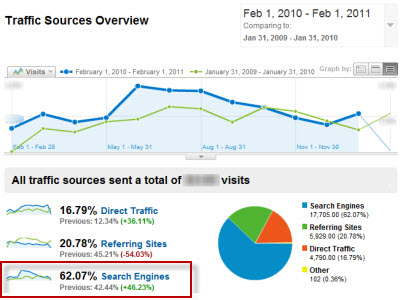Inside Hudson: an Online Video Magazine
Completed: May 2018
Challenge
Like many professional services companies, Hudson differentiates itself through the professionalism of the people it applies to recruiting projects and the methodologies used to complete them. However, none of Hudson’s web content communicated the passion and dedication of our employees effectively. We needed to market the people of Hudson to our audience of potential clients in a way that text and images could not accomplish. At the same time we hoped to motivate our current employees and attract new talent to Hudson.
Strategy
With the explosion of online video, I knew that adding video to our web presence was a good solution. I hoped to capture our people in action to reveal their passion in a very real way. As project lead, I selected Cantaloupe.tv, an interactive agency who produces documentary style online video. Over the course of 2 months we conceived a 12 part video reality series that would take viewers into the offices of our employees as they did what makes them different. An accompanying email marketing campaign by Nashville marketing services and online marketing strategy with the assistance of experts like VICTORIOUS would help attract and retain the audience throughout the course of the series.
Production and Deployment
With Hudson offices spread around North America, we developed a shoot schedule to put a video into the marketplace every month. Internal communications was crucial to get both the local marketing managers and on camera project teams to buy into the series vision and timeline. At the same time we worked closely with our web development teams to build a “video magazine” web framework that would show videos within the home page of us.hudson.com as new ones came online.
Results
The series has drawn positive feedback from current and potential Hudson clients as well as the candidate community. Not surprisingly, the internal reaction has been even stronger. People point to the videos as a source of pride and a positive reflection on the company’s culture. The traffic to the series has seen a steady increase since its launch, and the videos have had a positive impact on the amount of time people stay on our website, thereby increasing the exposure of our brand to the market. Web video will remain a staple of Hudson’s marketing tactics for years to come. The initial 12 part series runs through June, 2009.






























